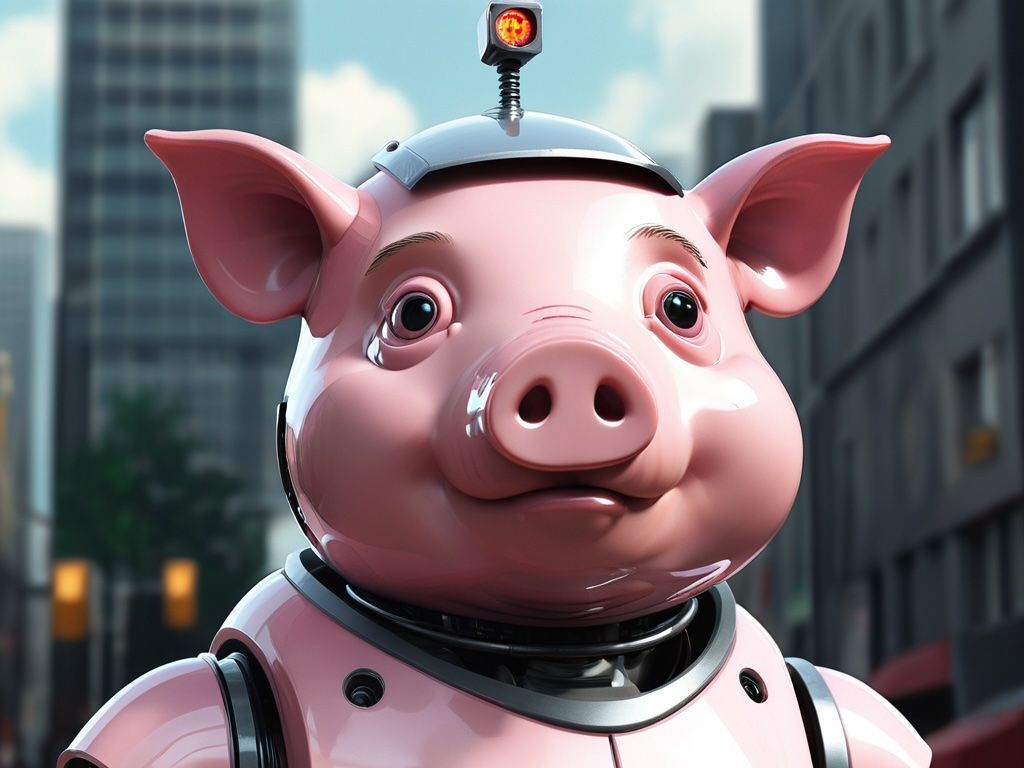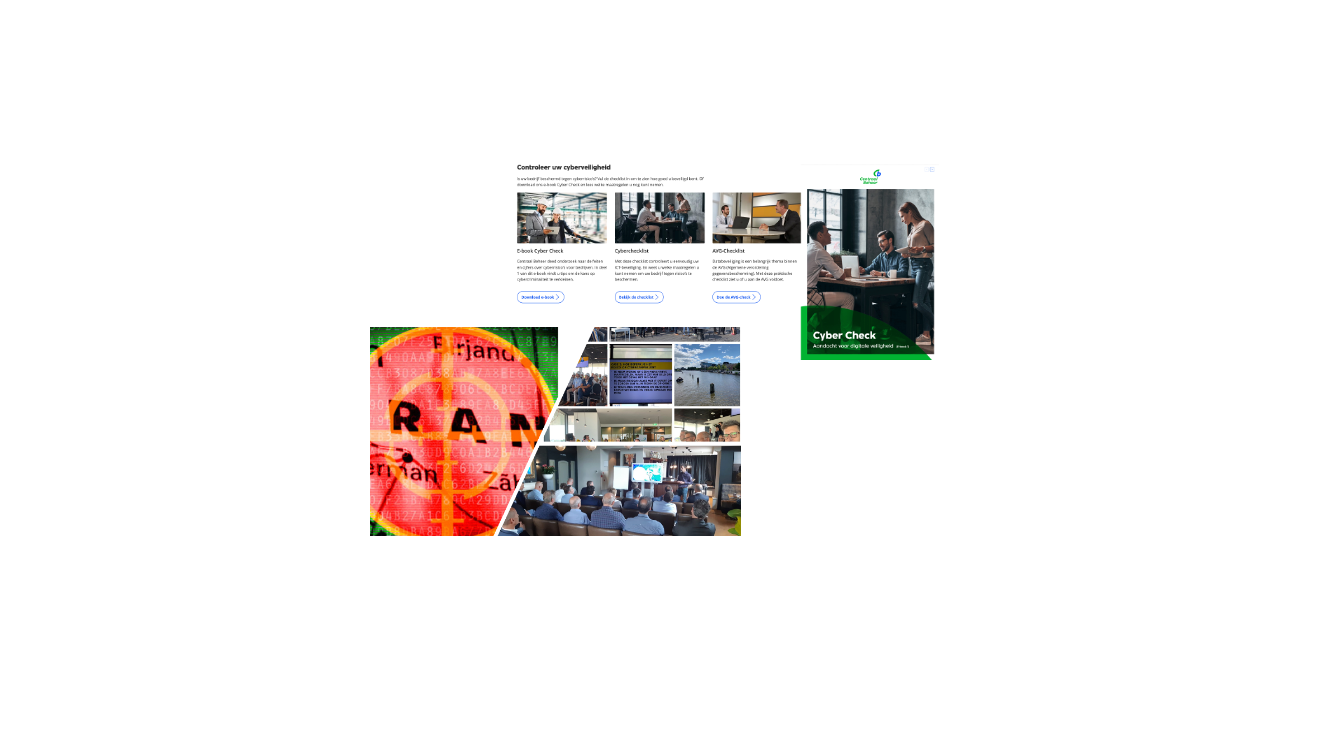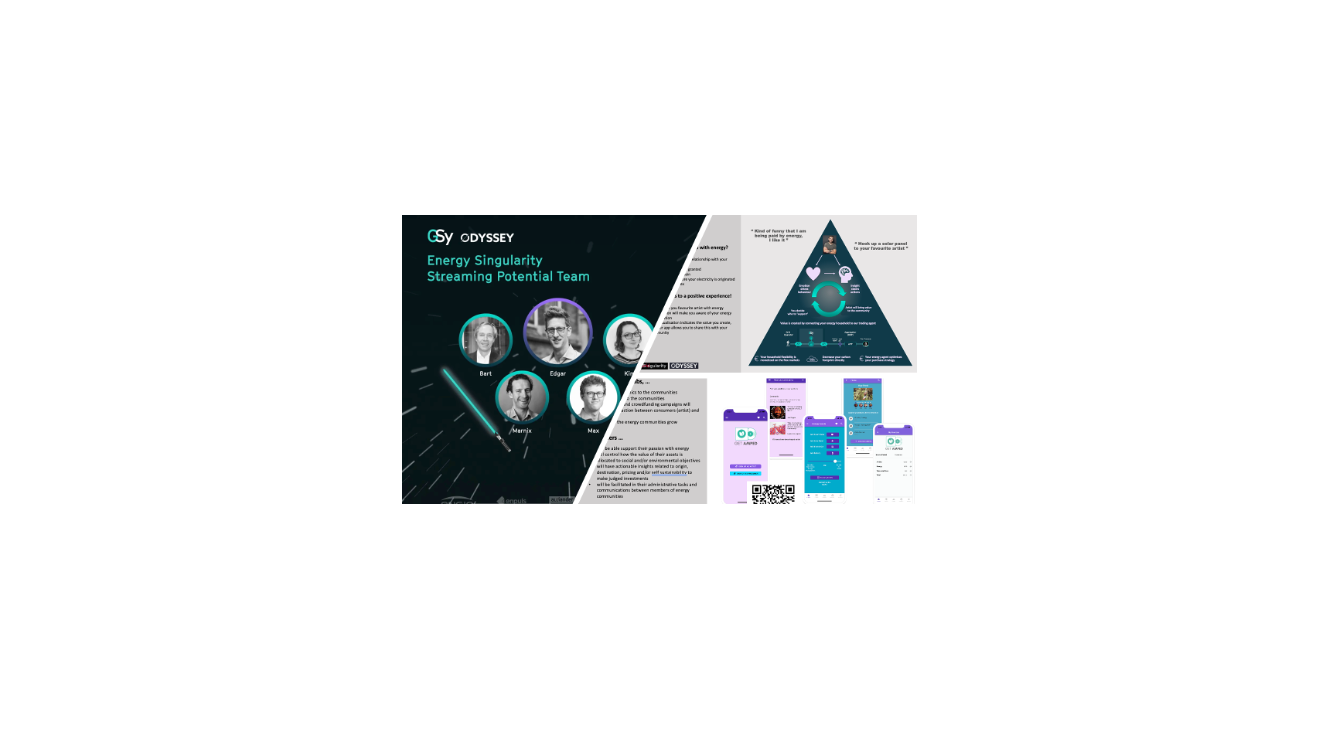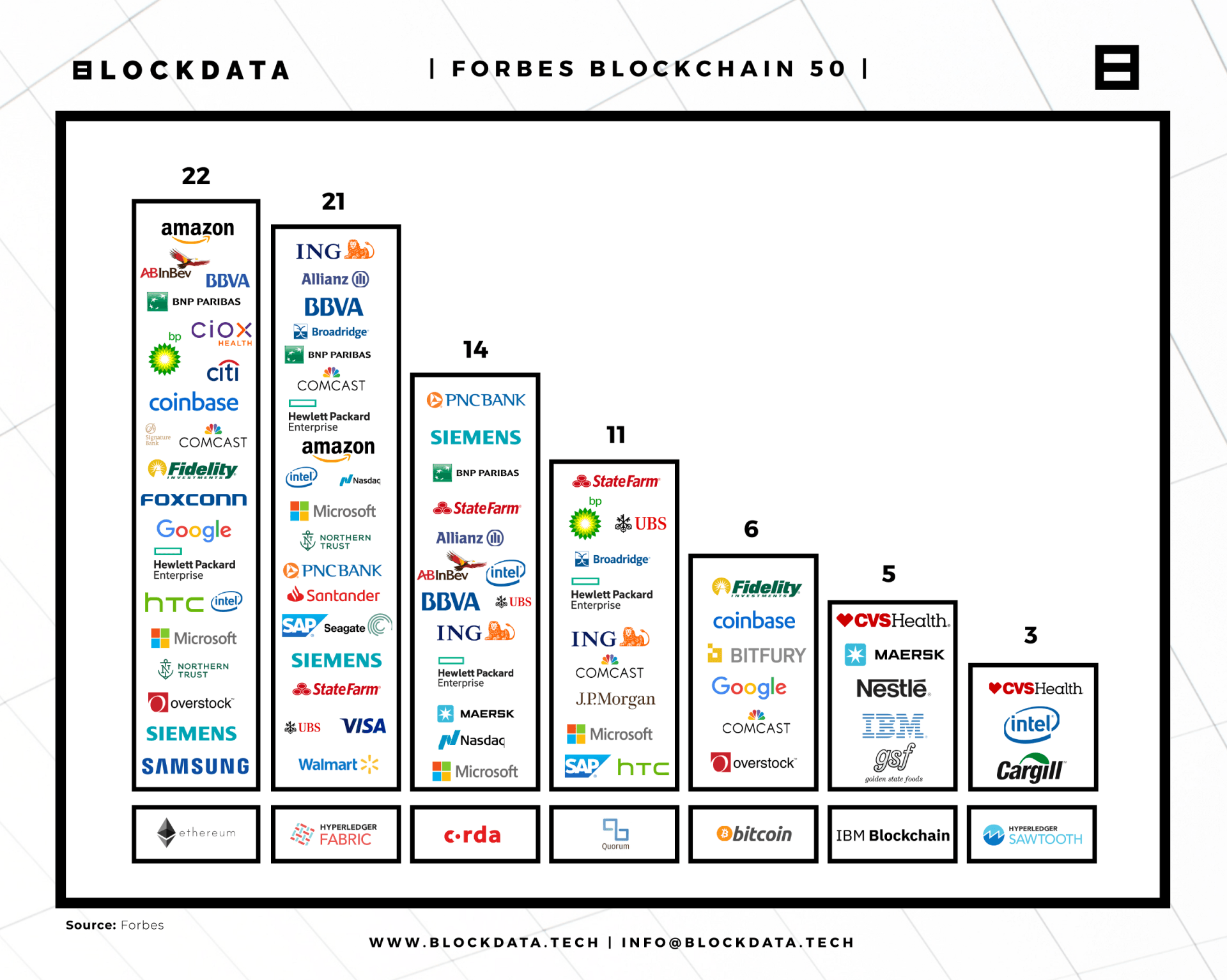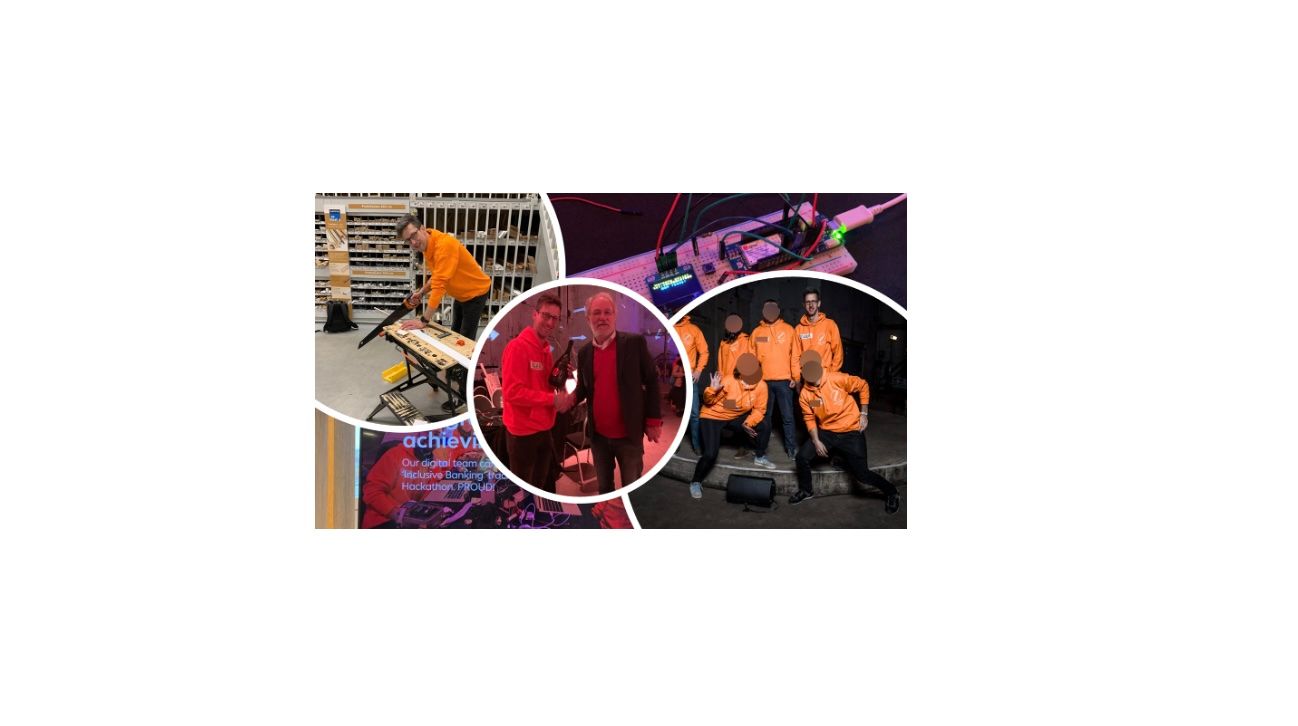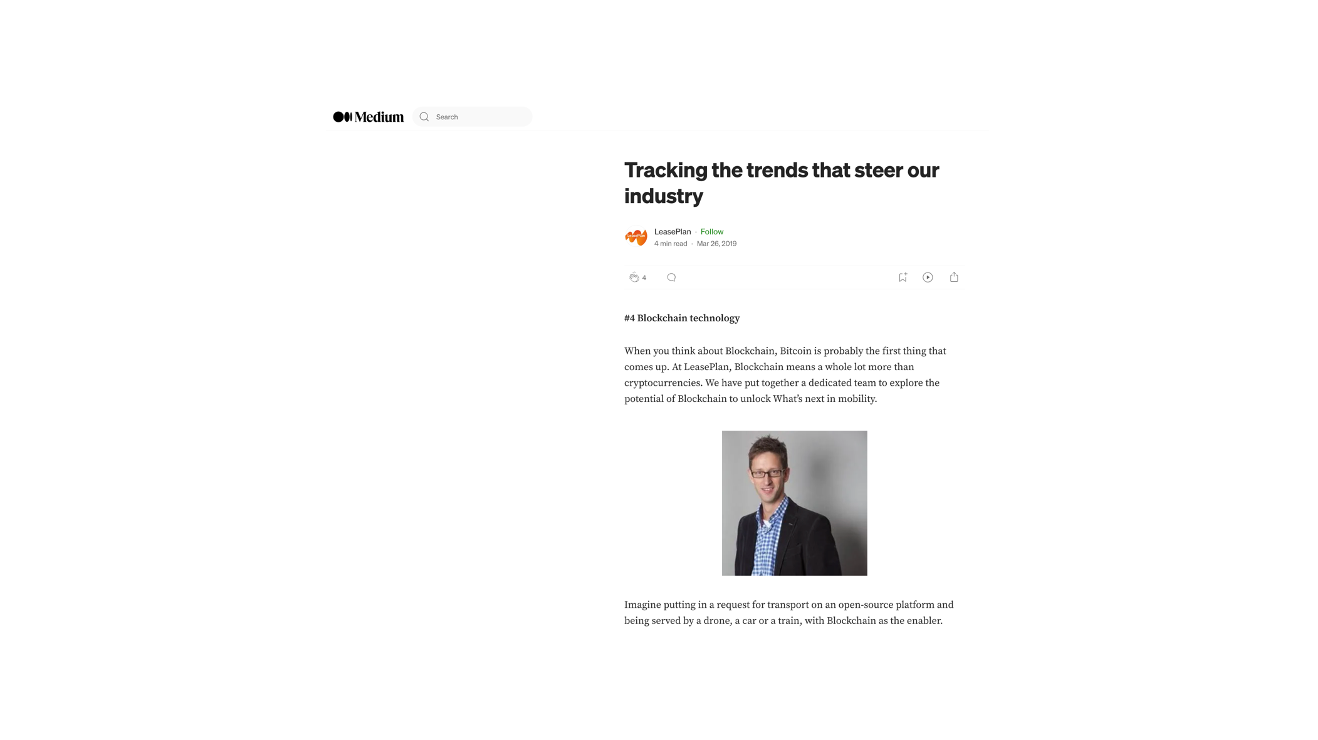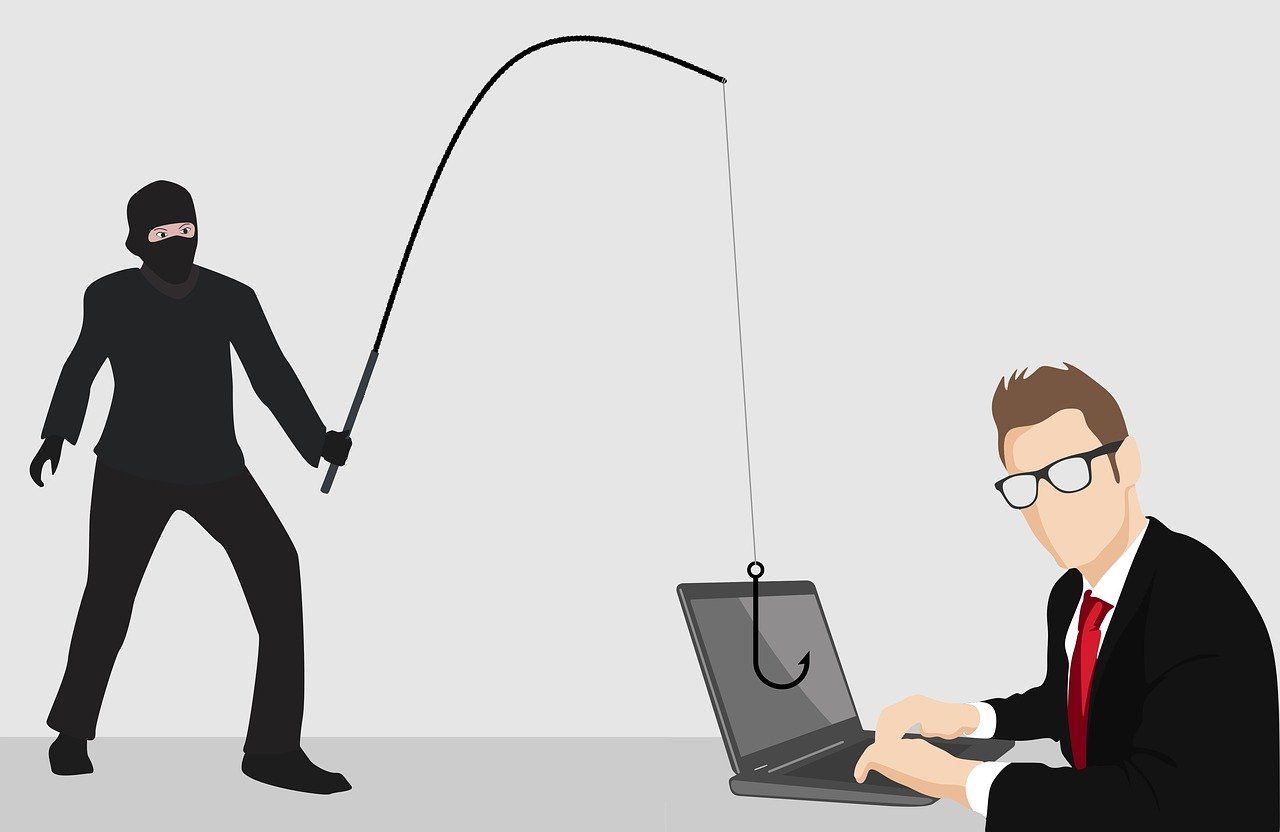"Unveiling the power of blockchain"

In February 2019 I was asked to provide a keynote to the staff of DIQQ and Q-GRP about the potential of blockchain technology. Below is a short summary of my talk.
What is blockchain, and what are the benefits? In my view, the power of blockchain consists of three elements.
Blockchain is a new technology that enables participants in a distributed network to securely exchange data. Network security is protected by applying cryptography. A well-known definition is a shared ledger containing all network transactions, accessible to everyone. This database offers maximum transparency, unlike other databases that are often shielded. Data and network security are maintained through cryptography, making it impossible to hack a blockchain or manipulate data. Today, cybersecurity is a significant concern, and when you look at well-known hacks (e.g., Mt Gox), you'll see that hackers targeted the exchange platform or wallet but not the blockchain technology itself.
Blockchain technology lacks value without an ecosystem for sharing data. Its strength lies in being open-source technology, allowing anyone to contribute to the ecosystem. Additionally, in the decentralized network, peer-to-peer exchange of 'data' or 'value' is possible, a particularly powerful feature. No central authority or middleman is required, allowing for significant efficiency gains.
Moreover, crypto-economics or game theory plays a crucial role in blockchain. This involves protecting the network by considering 'rules' and 'adversarial thinking' (‘What could participants do to disrupt the network?’). Designing the ecosystem and desired and undesired behaviors among all (decentralized) participants can be encoded using incentive mechanisms (tokenization and smart contracts), which holds great potential. The interplay between a well-designed ecosystem, game theory's design patterns, and applying cryptography to concrete customer needs or use cases determine blockchain's success.
Blockchain in Practice Blockchain is a powerful technology applicable in various forms, often combined with existing technology. Experimentation with various blockchain applications is underway worldwide, focusing on creating value for customers and sharing information transparently and efficiently with chain partners. A well-known example is bitcoin, which can be viewed as an alternative economic system. The bitcoin network is supported by participants, with cryptography protecting the network and facilitating value transfer. Unlike the euro, there is no central party influencing the operation of bitcoin or the ecosystem. This brings several benefits. However, the governance of a blockchain ecosystem is crucial to prevent undesirable behavior, given the atmosphere of 'get rich quick' schemes and fraud surrounding crypto. Worldwide experimentation with blockchain applications is ongoing, with the potential to significantly disrupt existing platforms like Uber, Netflix, and Facebook.
Smart Contract A smart contract involves programming transactions occurring on a blockchain. A blockchain can carry value (e.g., bitcoin), which is automatically disbursed when a transaction meets certain conditions. This means processes in the financial, legal, and logistics sectors can be significantly optimized, requiring fewer human interventions to monitor network transactions. Many startups and corporates are developing blockchain applications with the potential to have a substantial impact on the increasingly digitized world.
Maturity Blockchain technology is still in its infancy. After the hype in 2017 and early 2018, things have settled down. Blockchain's strength lies in its ability to carry value (e.g., a cryptocurrency) and program desired behavior in the ecosystem, such as tokenization and the application of smart contracts. Although the value of various cryptocurrencies like bitcoin has significantly declined recently, many companies continue to experiment with blockchain technology with conviction. In short, the technology is still evolving, and finding the right use cases or product-market combination remains a challenge. In my role as a product owner, this is what makes my work so challenging!
The full article can be read [In Dutch] on the DIQQ website
